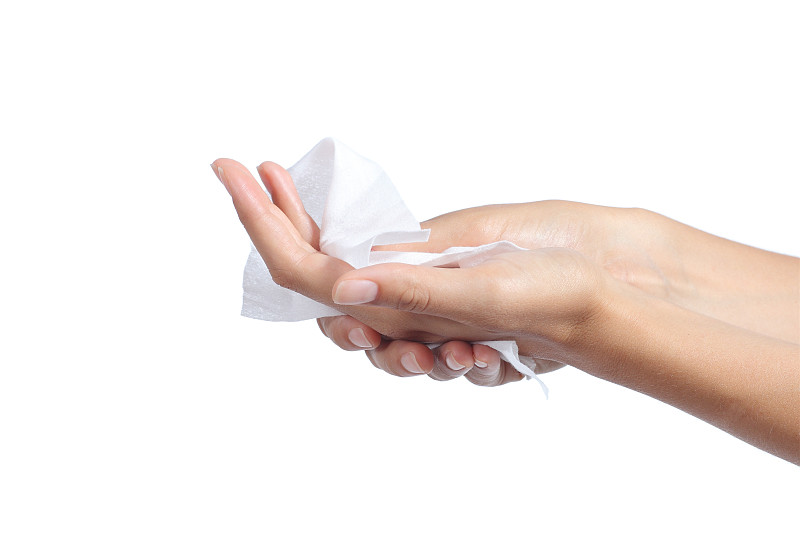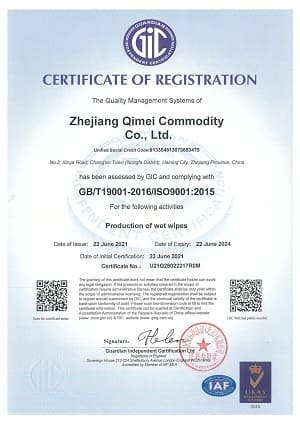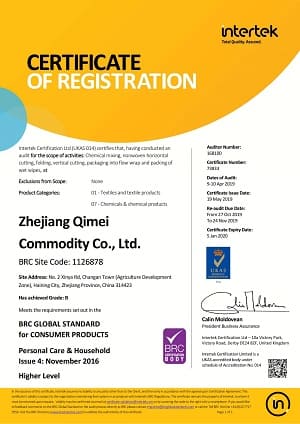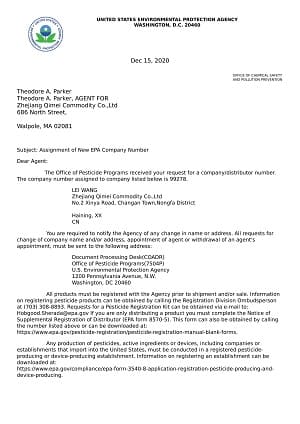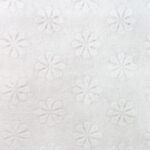Spunlace onwoven Tipo de tela: poliéster, material de mezcla de poliéster y viscosa, fibra de bambú, pulpa de madera (lavable), algodón o fibra de soja (biodegradable)
Plano o texturizado (su propio LOGOTIPO está disponible)
Peso: 30-80 g/m²
1/10/30/80/100/120/160 uds/paquete
The size of hand wipes can vary depending on the brand and type of wipe. However, most hand wipes are typically around 6 inches by 8 inches or 7 inches by 9 inches in size. Some brands may offer larger or smaller sizes, so it's important to check the product label or packaging for specific dimensions.
1. Bolsa plástica resellable: este es el tipo más común de empaque de toallitas húmedas. Está hecho de plástico y tiene una tira resellable en la parte superior para mantener las toallitas húmedas y frescas.
2. Envase con tapa abatible: este tipo de envase consiste en un envase de plástico con una tapa abatible que se puede abrir y cerrar para acceder a las toallitas.
3. Paquete blando con tapa abatible de plástico: Similar al contenedor con tapa abatible, este empaque viene en un paquete blando y tiene una tapa abatible de plástico para facilitar el acceso.
4. Dispensador emergente: este tipo de empaque cuenta con un mecanismo dispensador emergente que saca una toallita a la vez.
5. Paquete de viaje: un paquete pequeño diseñado para usar sobre la marcha, a menudo viene con un cierre de presión de plástico.
6. Empaque de un solo uso: estas toallitas húmedas vienen en paquetes pequeños sellados que son convenientes para viajes o actividades al aire libre.
7. Bolsa de recarga: este empaque de mayor tamaño está diseñado para recargar otros recipientes de toallitas húmedas y, por lo general, tiene una abertura que se puede volver a sellar.
The ingredients of hand wipes can vary depending on the brand and type of wipe. However, most hand wipes contain some combination of the following ingredients:
Water: serves as a solvent and helps to moisten the wipe.
Alcohol: usually ethanol or isopropyl alcohol, which serves as an antiseptic to kill germs.
Surfactants: help to clean dirt and oil from the skin.
Preservatives: to prevent microbial growth and keep the wipes fresh.
Fragrance: for a pleasant scent.
Moisturizers: such as aloe vera or glycerin, to help prevent the skin from drying out.
Other active ingredients: some hand wipes may contain additional active ingredients, such as benzalkonium chloride, hydrogen peroxide, or essential oils, for additional germ-killing or skin-conditioning properties.
The type of certificate needed to sell hand wipes can vary depending on the country and jurisdiction where the product will be sold. In general, selling hand wipes may require compliance with regulations from government agencies that oversee the safety and quality of consumer products.
For example, in the United States, hand wipes fall under the jurisdiction of the Food and Drug Administration (FDA), which regulates the manufacturing, labeling, and marketing of over-the-counter (OTC) drugs. If the hand wipes are marketed as an antiseptic, they would be considered an OTC drug and would require FDA approval before they can be sold. If they are marketed solely as a cosmetic, they would not require FDA approval but would still need to comply with labeling requirements outlined in the Federal Food, Drug, and Cosmetic Act.
In addition to regulatory compliance, obtaining certifications such as ISO 9001 or ISO 22716, which focus on quality management systems and good manufacturing practices, can help ensure that the hand wipes meet certain standards of quality and safety.
